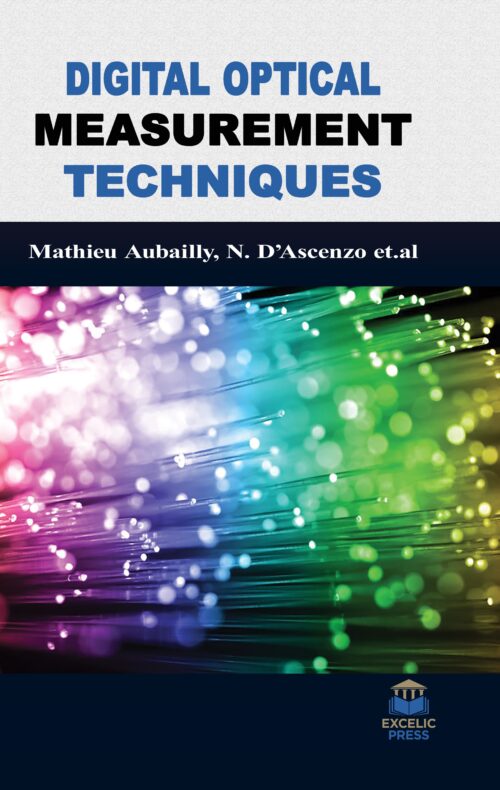Description
Due to its ruggedness and often contactless characteristics, optical systems are one of the most adopted, particularly when fast changes in displacement need to be measured. Moreover, due to the physical principles that support the operation of some of those systems (e.g., optical interferometry), they allow the measurement of linear displacements with resolutions and accuracies below the nanometer. Miniaturization and mass replications have begun to lead the optical industry in the transition from traditional analog to novel digital optics. Digital optics is information optics in its maturity. It assumes using digital processing units as an integral part of optical imaging and measurement systems. Digital processors are used both for control of optical systems and for processing optical signals. One of the main use of digital signal processing in optical imaging and measuring devices is data calibration, and, in particular, data denoising.
Digital Optical Measurement Techniques presents cutting-edge information on the development and application of optical techniques and laser technology in engineering. As digital optics enter the realm of mainstream technology through the worldwide sale of consumer electronic devices, this timely book aims to present the topic of digital optics in an integrated way.
Contributions are from eminent authors and researchers around the globe dealing with the practical use of devices and strategies, the estimation of results and advances and improvement of solutions and new theoretical foundations for experimental methods.
This book details the state-of-the-art optical measurement capabilities available for full field dynamic response and surface topography measurements of MEMS devices. It describes how the optical measurement system is used for several of these examples. The principles of operation are important for understanding the inherent advantages and disadvantages of the technology used.

